In pictures: How Cambridge Computer Lab changed the world
- Published
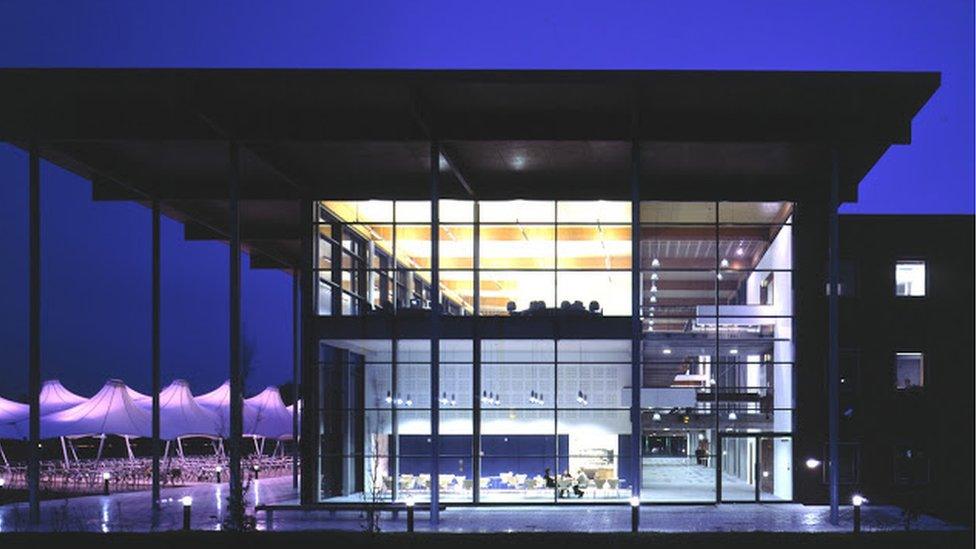
The University of Cambridge Computer Laboratory has a fascinating history, dating back 75 years. Some of the defining moments in computing were created at CCL and there are now 200 spin-off technology firms, including chip-designer ARM, in the surrounding area.
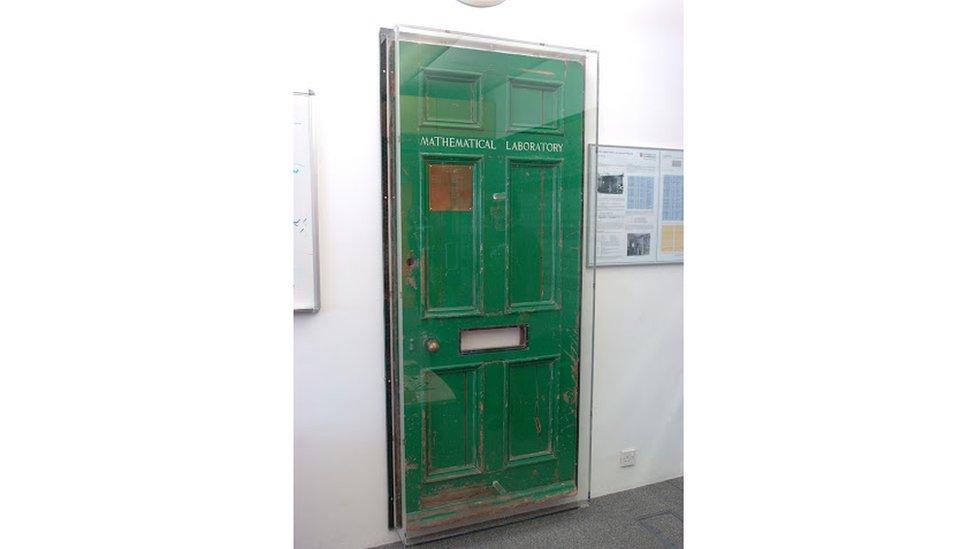
The door to the Mathematical Laboratory, as CCL was first known, was preserved when the original building was demolished. When the lab was established in 1938 its then two-man team was charged with providing a resource for solving complex problems by "numerical methods".
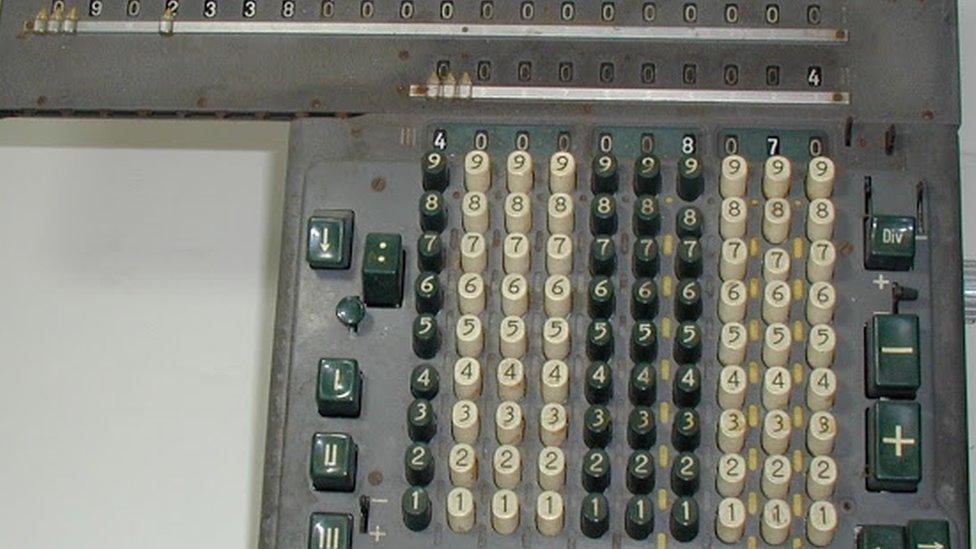
The lab was initially home to some very basic machines such as the Muldivo calculating machine. At the time CCL was created computing was done by people, often mathematically gifted young women who carried out tedious numerical calculations by hand.

Edsac, the first programmable computer for general use, was built at CCL. Maurice Wilkes, head of the project, promised to create "a computer that works". It was constructed in a former dissecting room which reportedly stank of the embalming fluid formaldehyde.
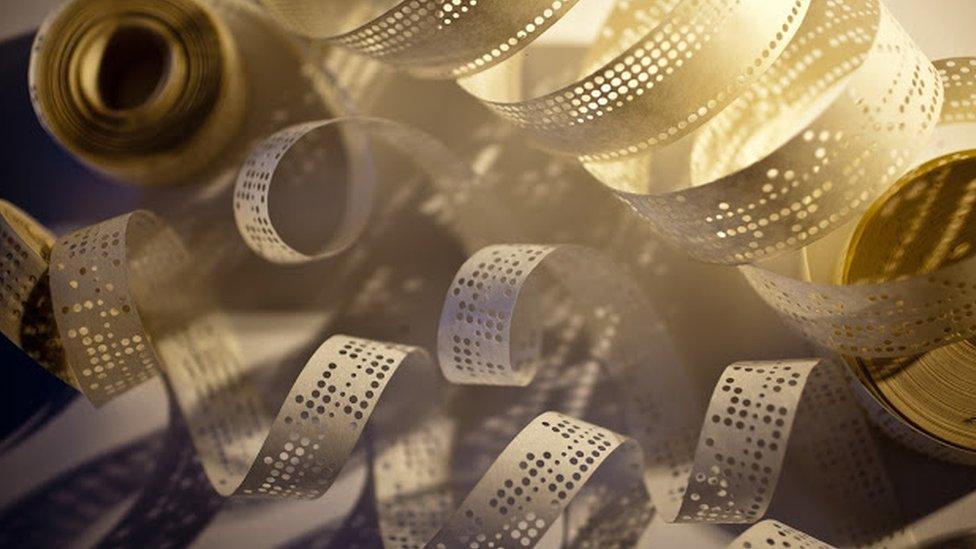
Programs for the Edsac machine were fed in on punched tape. On 6 May 1949, after a three year construction period, it successfully completed its first programmed task by accurately calculating the squares of numbers from 0 to 99.
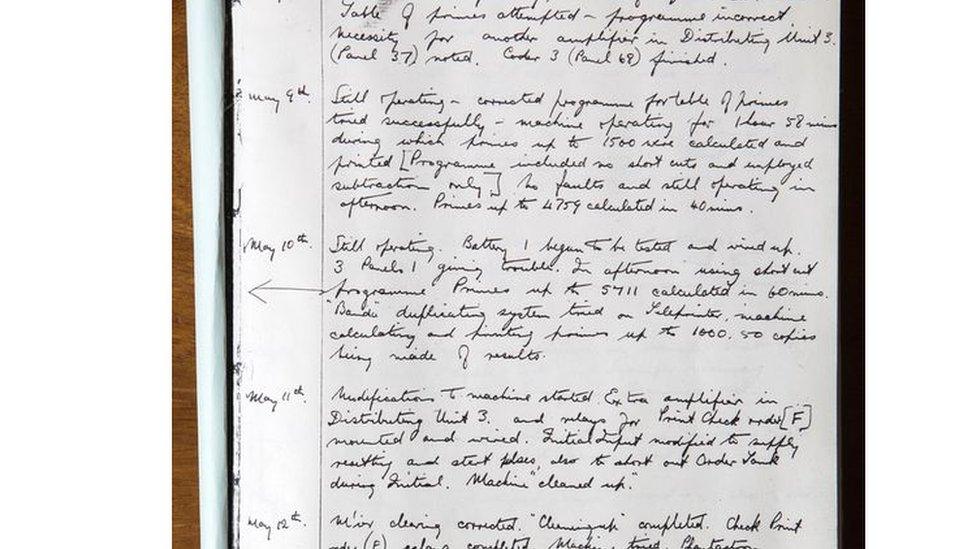
Extracts from Maurice Wilke's log book announce the date it became operational. Mr Wilkes made "useability" a priority and researchers across the university ended up taking advantage of his machine. Three of them won Nobel Prizes as a result of work which relied on the computer.
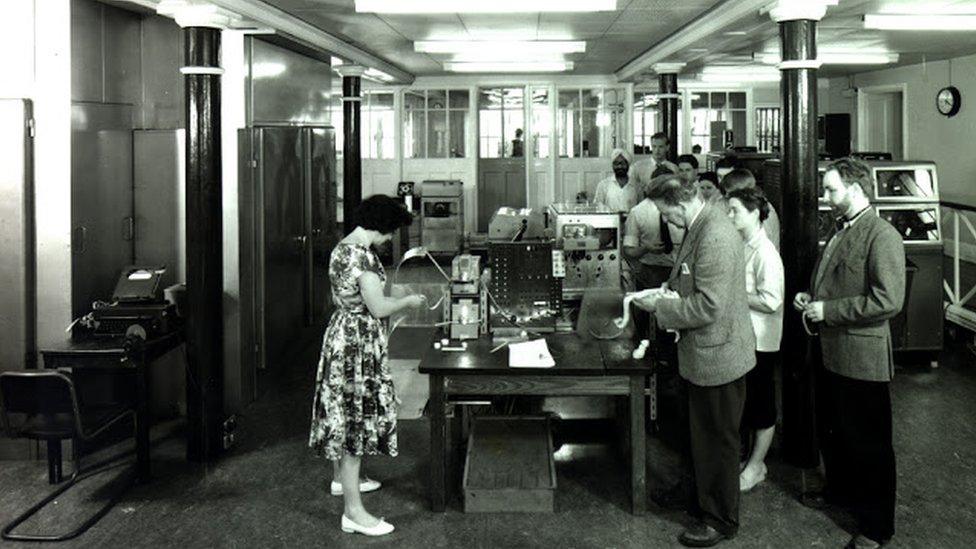
Edsac's successor, Edsac II, was the first microprogrammable computer. Users prepared programs by punching them on to paper. Finished programs were hung on a line, where they waited for machine operators to load them in. Researchers lined up through the night to make use of it but there were numerous breakdowns.

The CCL's Titan computer was built during the 1960s and broke new ground by allowing a large number of users to access it at the same time, via a time-sharing operating system.

The lab also worked on a prototype foam cutting machine in the 1970s, diversifying into computer-aided design. Such tools went on to be widely used in the manufacturing industry and a Cad centre was opened in Cambridge.

In the 1970s the Cambridge Lab began work on a local area network which transmitted data between interconnected machines.
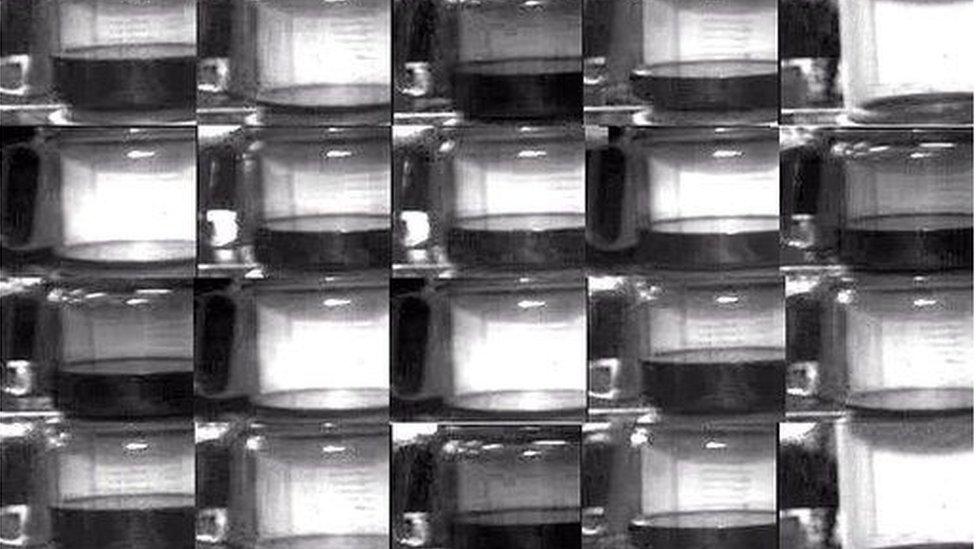
These shots were taken from the world's first webcam, developed at CCL. It was used to keep an eye on the team's coffee pot.
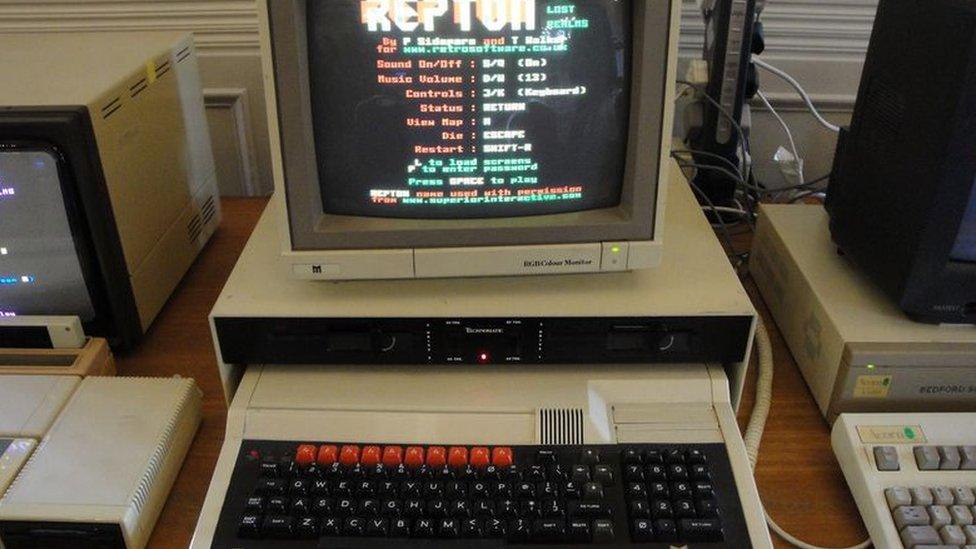
The BBC Micro was developed at Cambridge as part of a nationwide push to increase computer literacy. Acorn, a spin-off from the lab, won the contract to make it. The successful prototype was built within a week.

The latest success to come from the Computer Lab is a cheap microcomputer designed to teach children about programming. Since launch the Raspberry Pi has proved hugely popular.